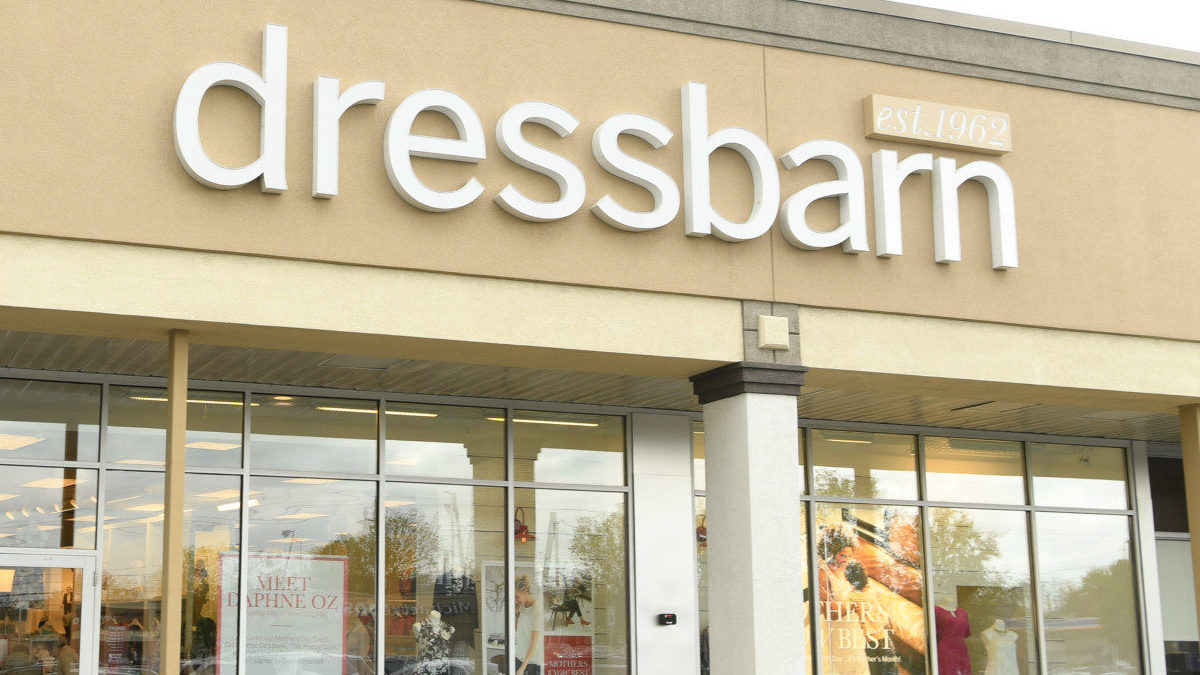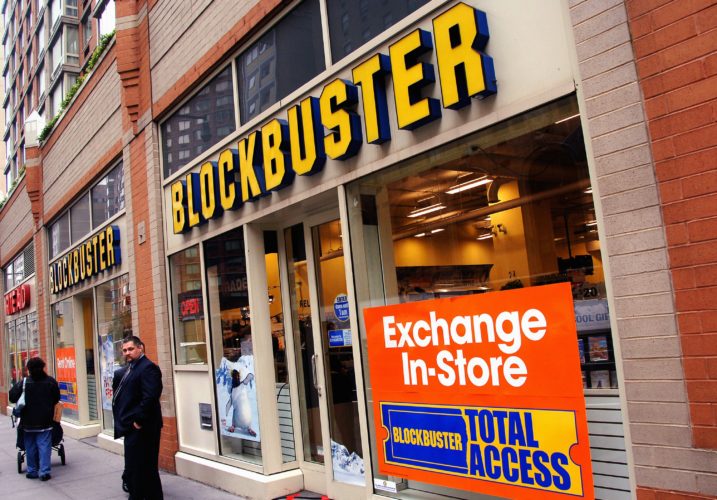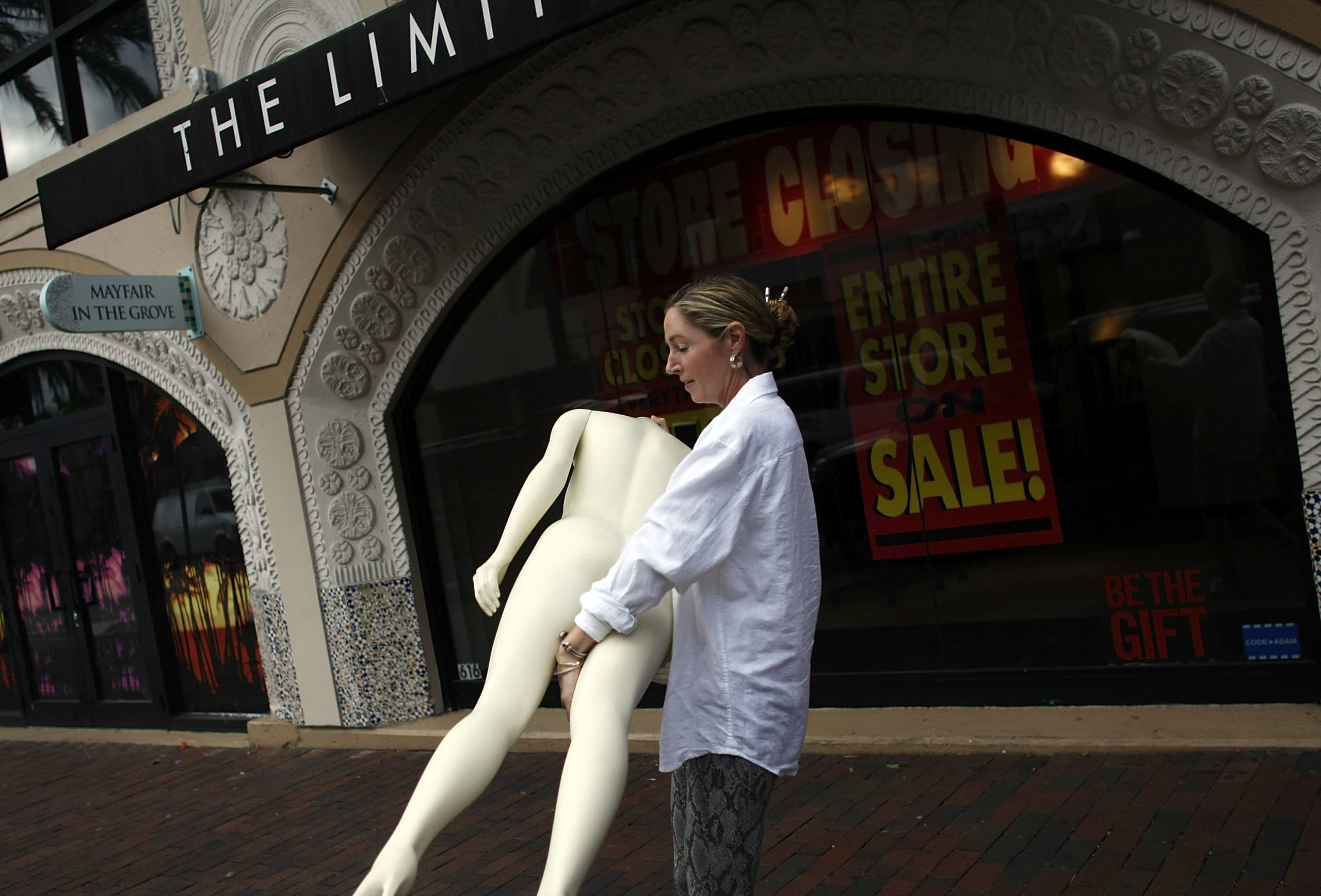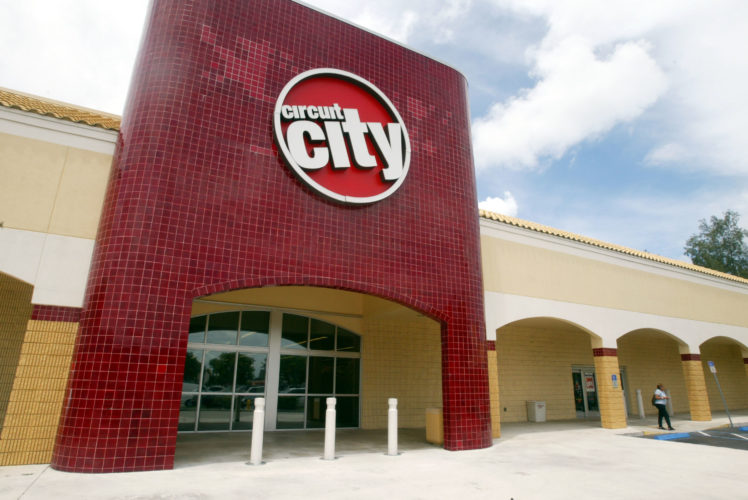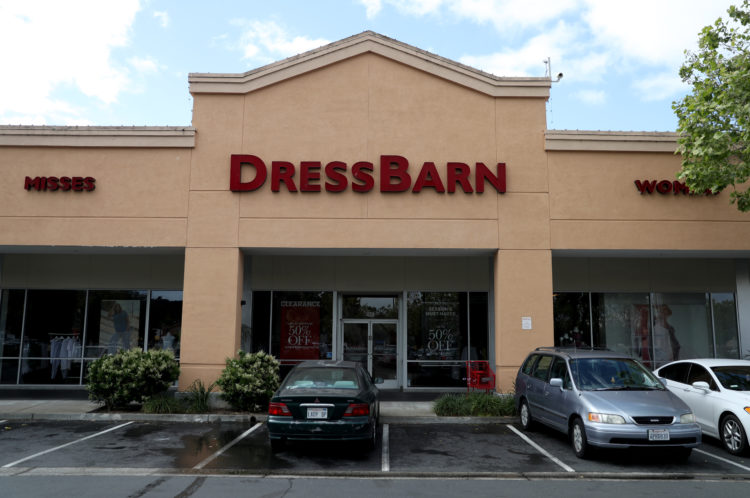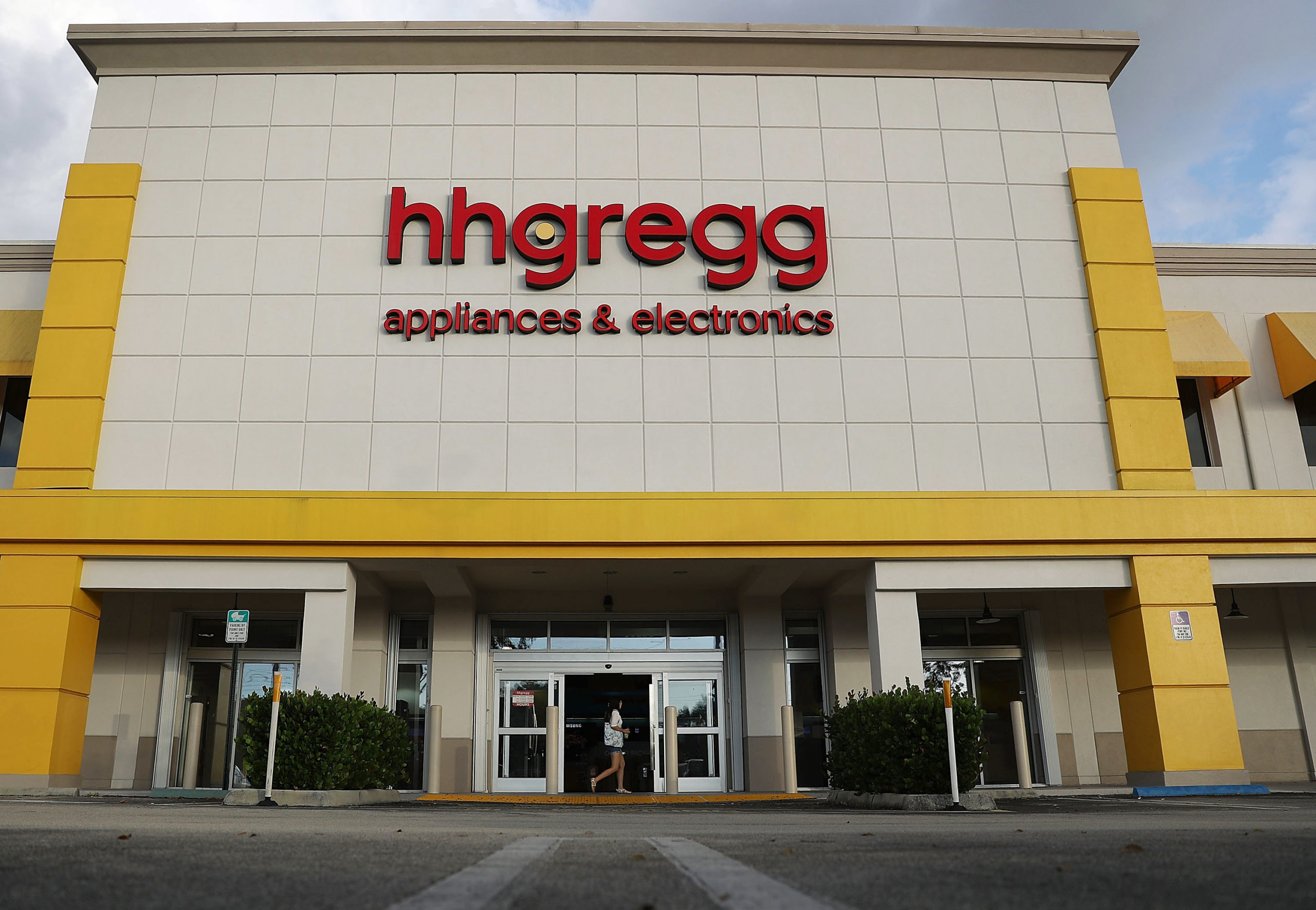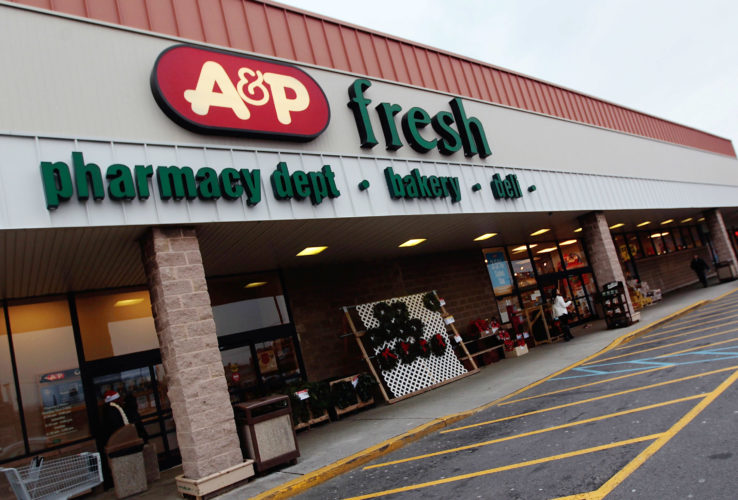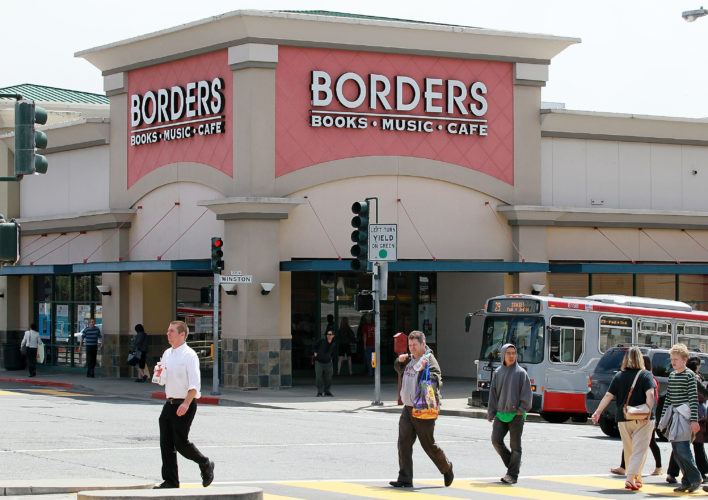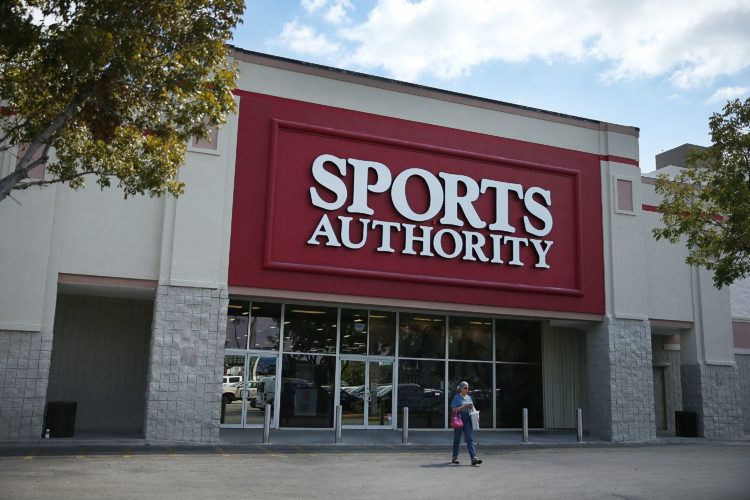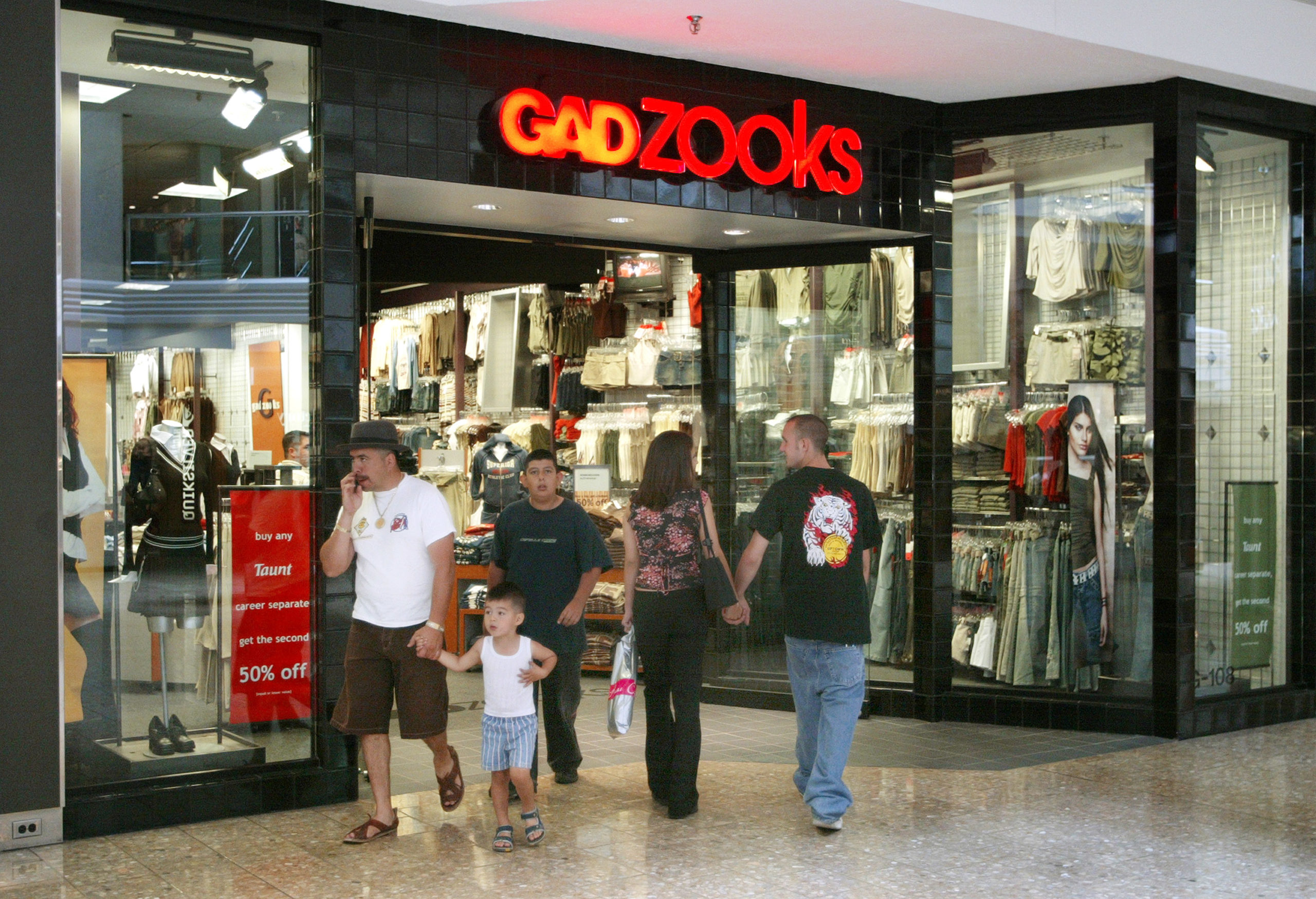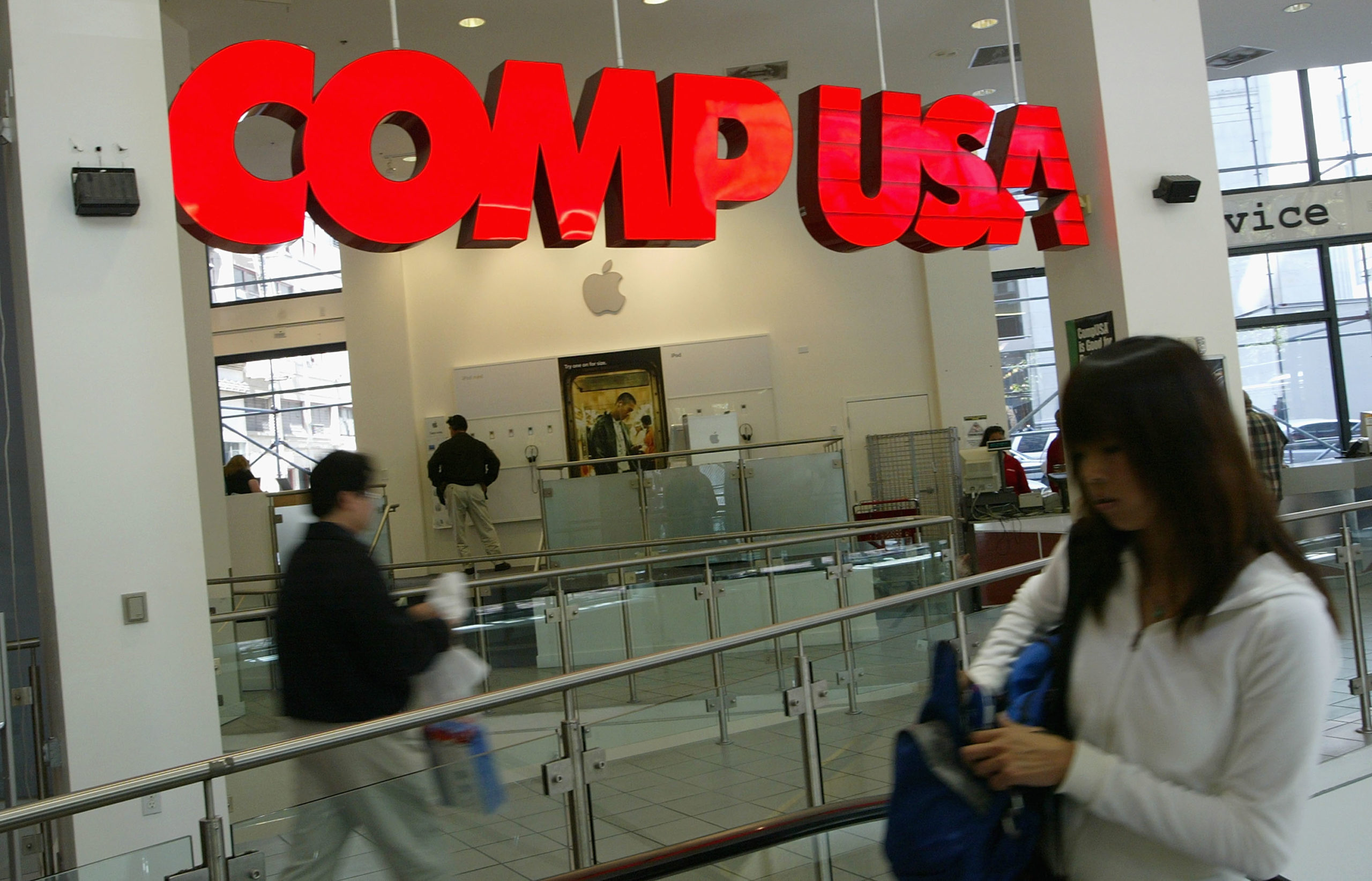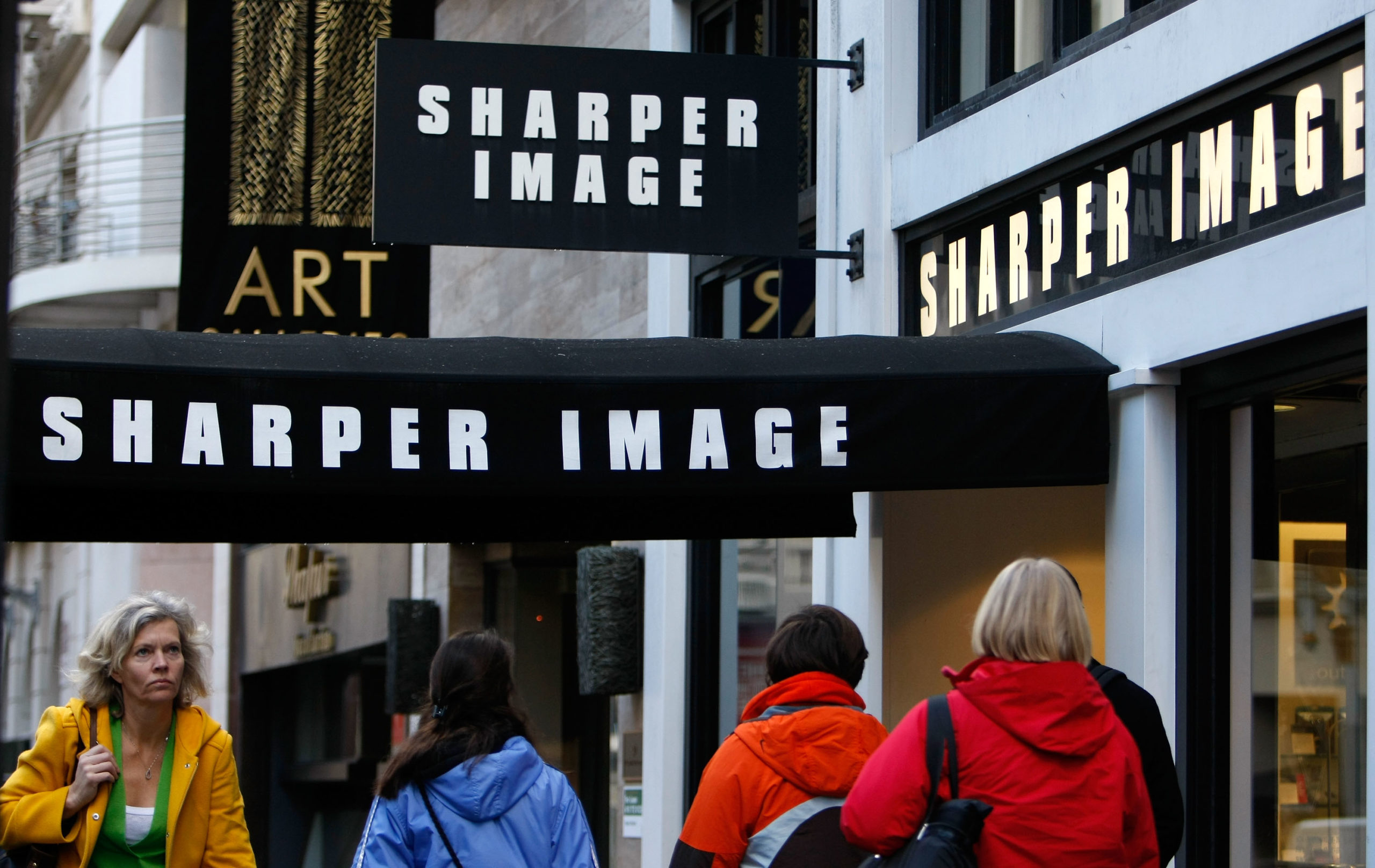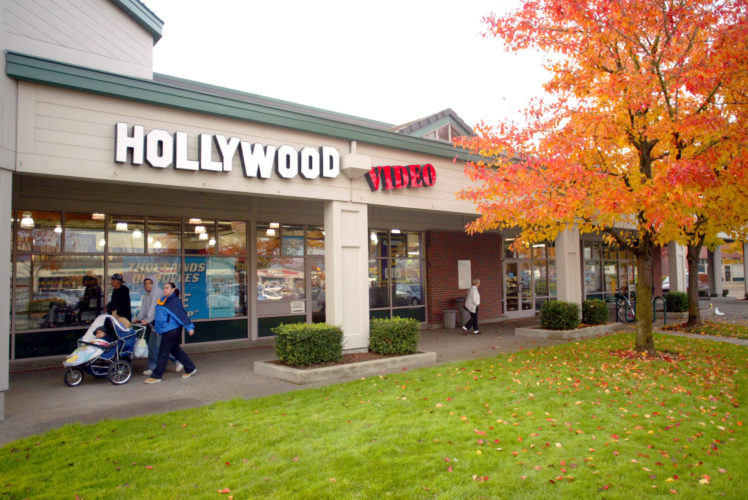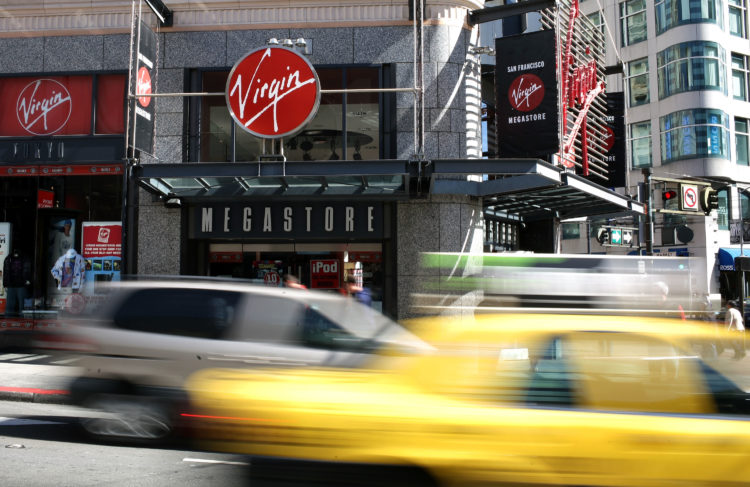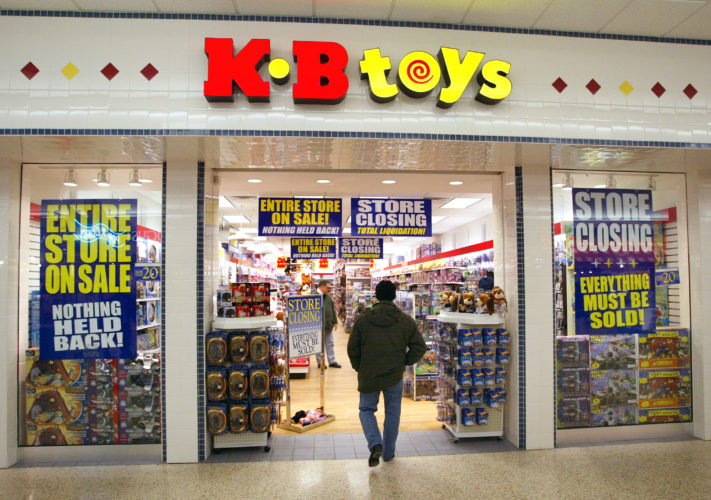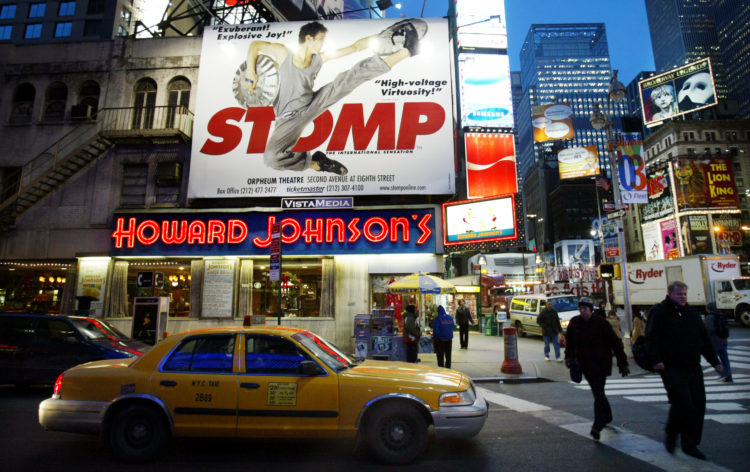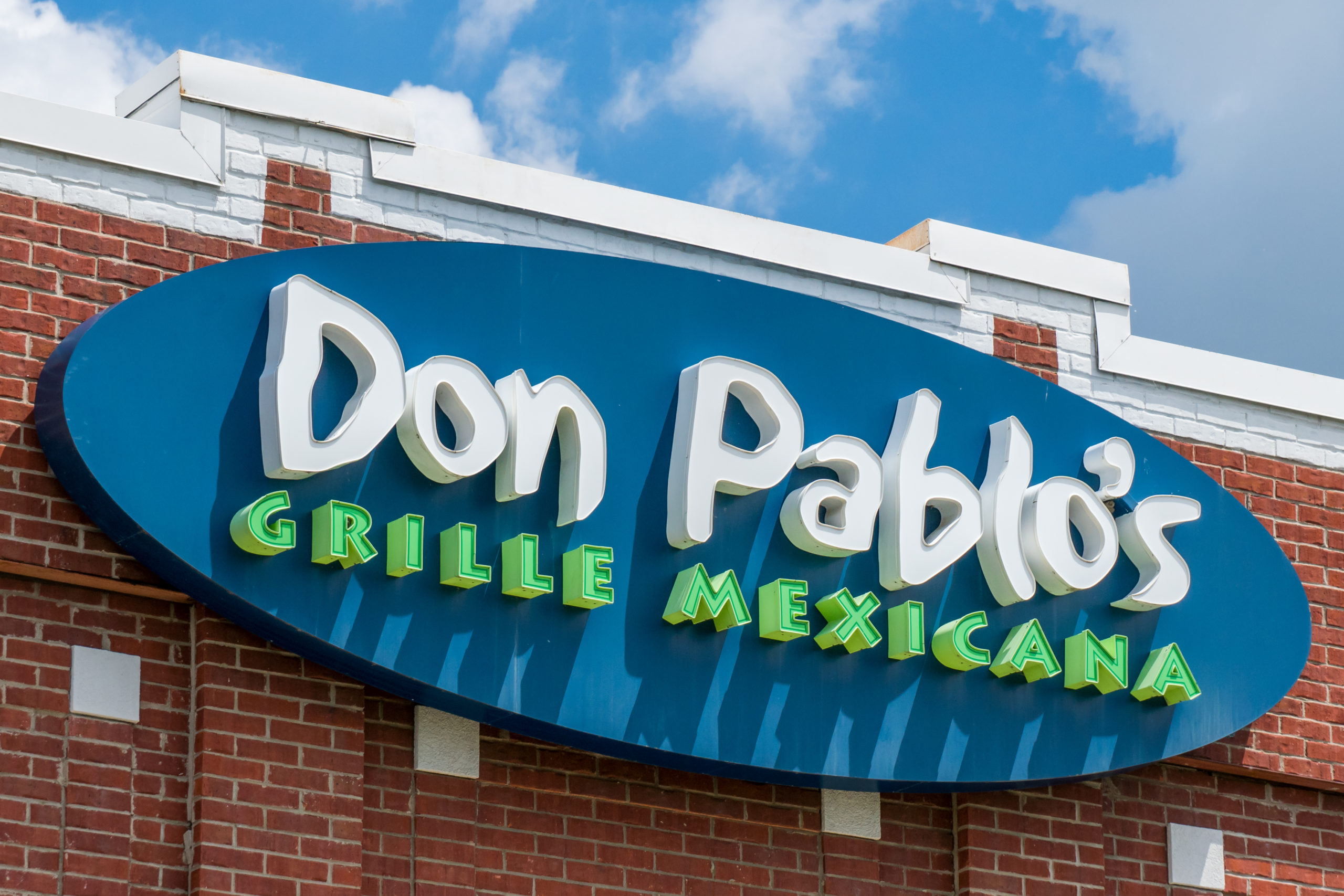There’s something so sad about seeing an empty storefront where there used to be a thriving business. It’s not just the loss of the opportunity to buy things you liked or eat foods you loved, but it’s the loss of jobs and opportunity that goes along with the closure of a business.
In recent years, online shopping has caused many once-popular stores to shut down, while a focus on fresh ingredients and the rise of fast-casual dining have done the same to established eateries.
Here are some chain stores and restaurants that have almost completely disappeared in recent years.
Francesca’s
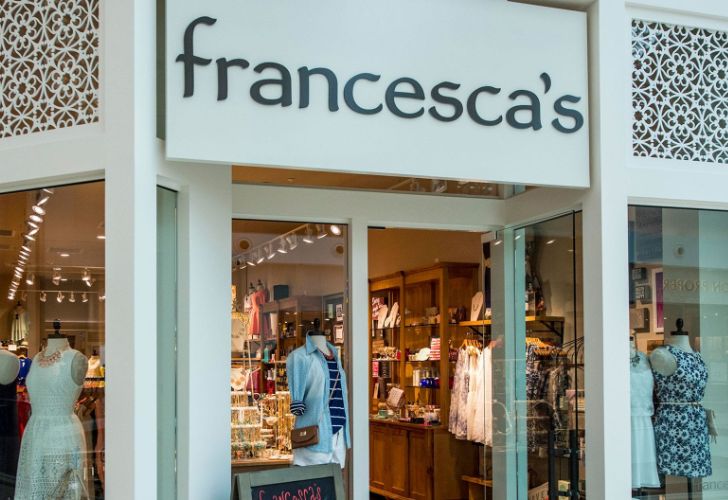
Malls have been suffering a lot with changing demographics and shopping habits. And those malls were dealt a major blow with the loss of Francesca’s. The apparel store filed for bankruptcy shut down a quarter of its 700 stores. The chain’s hoping to obtain new financing opportunities and possibly selling the business.
Guitar Center
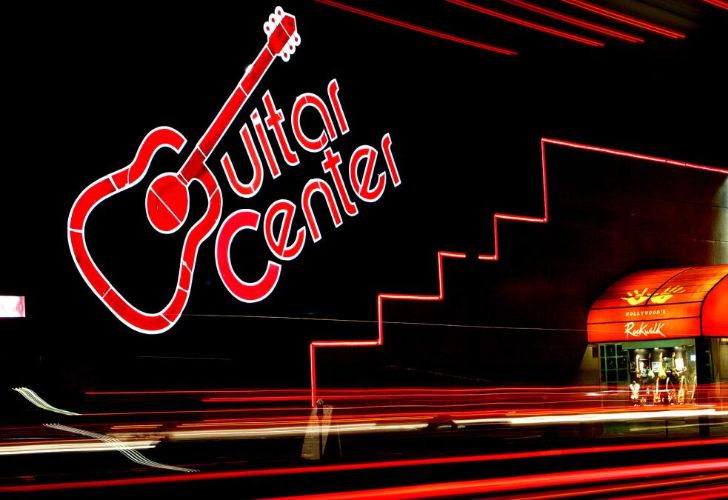
Guitar Center was the biggest musical instrument retailer in the United States. But like a lot of businesses, they took a huge blow during the pandemic. They attempted to recoup losses by offering virtual music lessons, but it didn’t help. The company, 61 years old, was forced to file for bankruptcy.
Ruby Tuesday
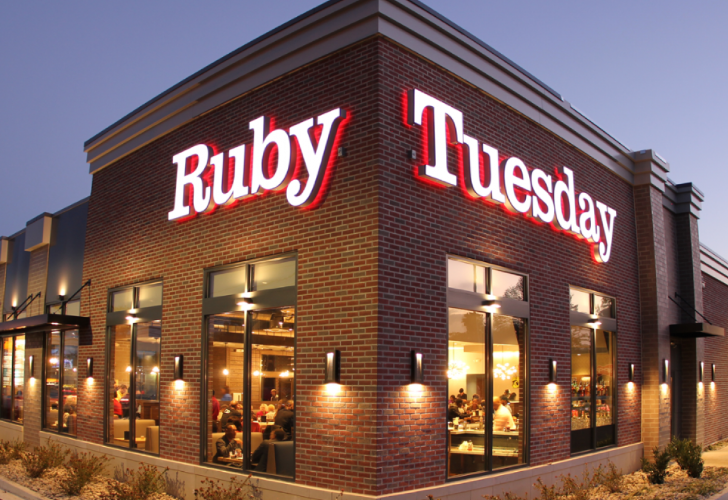
Casual dining chains were another group hit really hard by the pandemic. Ruby Tuesday being one of the more explicit examples. Over the past few years, Ruby Tuesday was forced to close around 200 locations in the past few years. There are only around 300 remaining globally.
Lord & Taylor
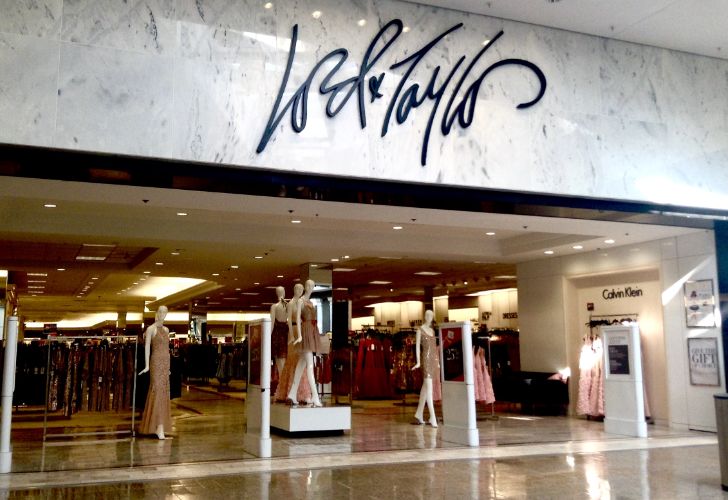
Lord & Taylor was once a really nice, upscale retailer. But after only one year following its purchase for $75 million it filed for bankruptcy. The store was open for nearly 200 years, but the brand has collapsed. Now they’re shutting down all of their stores.
California Pizza Kitchen
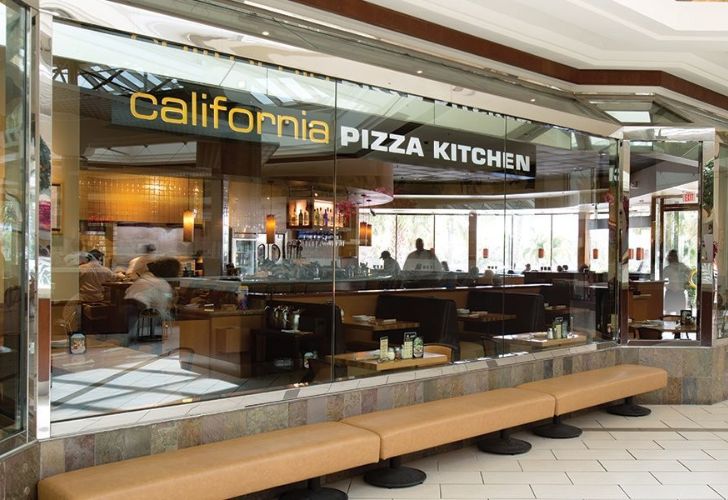
A pizza chain that’s 35 years old. It’s hard to imagine a tried and true (and popular) formula such as this would be closing its doors. Fortunately, California Pizza Kitchen has exited its bankrupt status, but a lot of locations were closed down. They were another dining chain hit by the dining restrictions put in place during the pandemic.
JCPenny
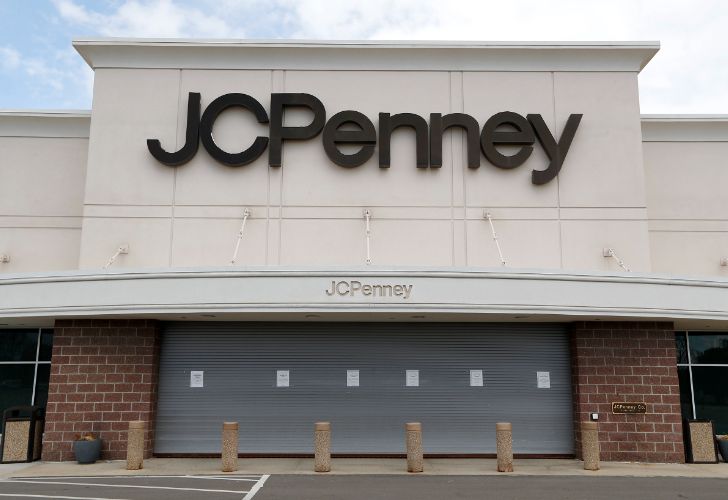
JCPenny’s been on the decline for a long time, but the pandemic was what did them in. The company was 119 years old, but they couldn’t overcome a decade of bad decisions. It’s currently out of bankruptcy thanks to the mall owners in the Simon Property Group and Brookfield Asset Management. However, they still had to shut down a third of their stores.
Neiman Marcus
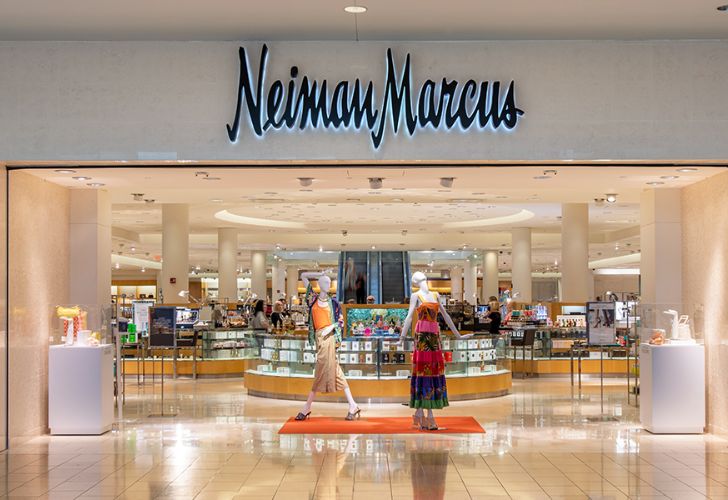
Department stores seem to be incredibly old businesses. Neiman Marcus was 113 years old before it got hit hard by the pandemic. It was able to exit bankruptcy as well, but having lost billions of dollars having lost five of their stores. This included their Hudson Yards store that had been opened in 2019.
J. Crew
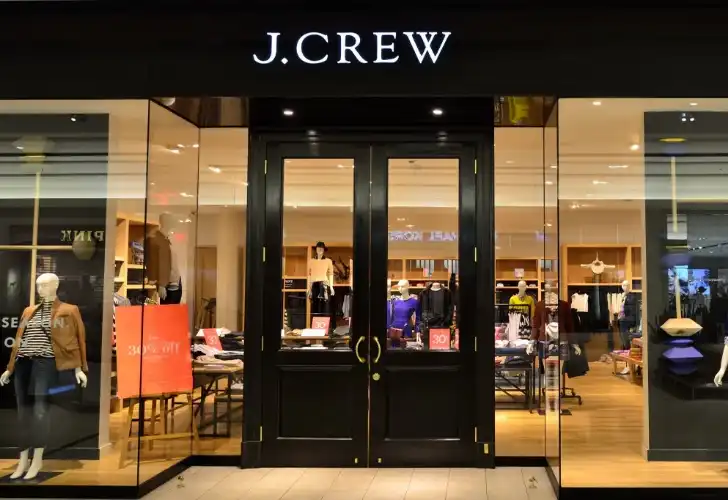
J. Crew was actually the first of the national US retailers to file for bankruptcy protection when the pandemic began shutting down businesses. J. Crew isn’t technically bankrupt anymore, but they’re still not exactly the most stable. They had to name their third new CEO in as many years.
Modell’s Sporting Goods
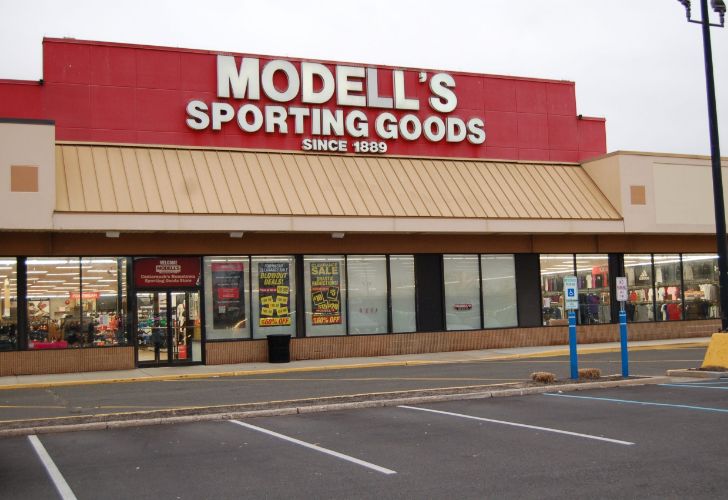
Modell’s Sporting Goods has been around since 1889. It would sell local teams’ jerseys and equipment to youth leagues. But they took a massive hit after filing for bankruptcy. This led to all of its 153 stores permanently closing down. Pier 1 purchased the Modell’s bran name in August, but only for use for an online store.
Friendly’s
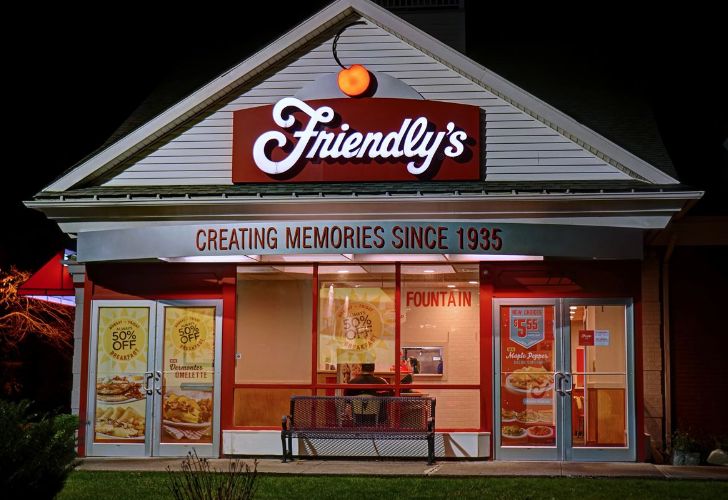
Friend’y was forced to file for bankruptcy for the second time in less than a decade. Its intention was to “sell substantially all of its assets” to a private hedge fund company that owns other quick-service restaurants. Friendly’s still has 130 locations left, but that’s a lot less than the 400 it had ten years ago.
Toys R Us
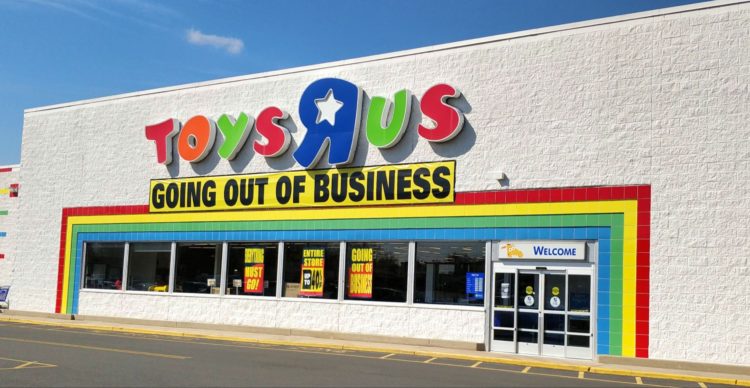
This is maybe the freshest wound on this list for many of us. When Toys R Us closed all of its toy stores in June 2018, it felt like a nationwide loss of innocence. The once-ubiquitous chain had more than 700 locations in the early part of that year before it announced plans to go out of business following a bankruptcy filing. Following a massive outcry when the chain disappeared, a couple of stores have since reopened around the U.S. but they are extremely pared down in comparison to the ones many of us are used to.
Blockbuster
In the early 2000s, there were as many as 9,000 Blockbuster stores that were stocked with movies and video games for loyal customers to rent. As of 2020, there is only one still in existence and, thankfully, it has no plans to shutter. This chain of rental stores was crushed by the rise in popularity of Netflix, Redbox and streaming video services, filing for bankruptcy in 2010 and shrinking to 300 locations. All of us movie-lovers who grew up in the ’80s and ’90s still have warm memories of walking the aisles, however.
The Limited
In the late 1990s, The Limited became one of the biggest brands in women’s fashion but the chain is all gone now. The retailer once had more than 750 stores across America and was a mainstay of malls. At one point, the brand was so popular it even started a second version for kids, called Limited Too. In 2017, every remaining location operated by The Limited shut its doors for good. As of 2020, you can only buy clothing with the brand’s name through Belk stores.
Circuit City
It’s been a minute since any of us have seen a Circuit City, but this electronics chain was once as common as Best Buy. There were more than 700 Circuit City stores in existence at the brand’s peak, and it had more than 560 of them at the start of 2009. However, that year it started holding everything-must-go sales nationwide and eventually closed all of its stores. In 2018, Circuit City announced a comeback by relaunching its website and selling electronics online, but we’ve yet to see any red storefronts pop up.
Dressbarn
The retail chain Dressbarn had been a mainstay of women’s fashion since the 1960s until its stores shuttered last year. In October 2019, the retailer’s parent company announced that all 544 Dressbarn locations would close following liquidation sales. Like some others on this list, the Dressbarn brand has survived as an online retailer. Devoted shoppers can still browse plenty of items at Dressbarn.
HHGregg
In 2017, about 5,000 people lost their jobs when HHGregg suddenly closed all of its stores. The retailer had 220 stores at that point, following a bankruptcy filing earlier that year. The Indianapolis-based chain was around for more than 60 years but was slow to adapt to the online marketplace, and its own CEO described its stores as “not unique.” Ouch.
A&P
The Great Atlantic & Pacific Tea Company — better known as A&P — was once the mightiest retail chain across the U.S. The supermarket chain was founded in the mid-1800s and has been described as the first version of a massive retailer like Walmart. But, in 2016, the last A&P stores closed their doors for good. At that point, the chain had just 60 stores and had been in the middle of a bankruptcy filing that led it to sell its remaining locations.
Borders
There was a time when Borders stores were more common than Barnes & Noble locations, but you won’t find one today. The book and media seller had an incredible 1,200 locations worldwide in the mid-2000s but would be gone in less than a decade. By July 2011, there were fewer than 400 Borders stores still open and they would all be closed within months. The chain’s bankruptcy filing and closing resulted in more than 10,000 employees being let go.
Sports Authority
Sports Authority was once such a massive brand that it had its name on an NFL stadium. The once-thriving sporting goods retailer was once the most successful chain in that sector, even outdoing rival Dick’s Sporting Goods, but now you won’t find a storefront anywhere. In May 2016, Sports Authority announced it would close the remainder of its 450 stores after filing for bankruptcy.
Gadzooks
There was a time in the recent past when you couldn’t walk through an American mall without seeing a Gadzooks store. The oddly named retailer specialized in clothing for teens and had more than 400 locations as of 2003. However, there were only about 150 Gadzooks stores still operating in 2005, when Forever 21 bought the brand. That chain (which announced last year that it would close hundreds of stores) originally planned to keep running those locations under the Gadzooks name but eventually turned them into Forever 21 locations.
CompUSA
When shoppers needed computers, software or accessories in the 1990s, CompUSA was one of the go-to destinations. The chain had more than 200 stores at the start of 2007 but all of them would be closed by the end of the year. In December of that year, the chain had just 103 still in operation and announced they would all be shuttering. Today, you can still find electronics deals at CompUSA.com, but you won’t see a store anywhere.
Sharper Image
Another mall mainstay that has since mostly disappeared is Sharper Image. The retailer specialized in unique gadgets and tech devices, including battery-powered Porsches for toddlers and bathroom scales that would give you vocal encouragement after a loss of weight. In 2008, the company filed for bankruptcy and announced the planned closure of all of its stores. In 2020, the Sharper Image brand survives online and in other stores as its own brand.
Linens ‘n Things
In 2008, Linens ‘n Things had more than 300 stores operating in 48 states but they didn’t last long. The retailer, which was founded in 1975, was similar to Bed Bath and Beyond in its offerings of textiles and decor. Linens ‘n Things had already filed for bankruptcy in October 2008 when it announced the closing of its remaining stores and began holding liquidation sales nationwide.
Hollywood Video
The war of how people watched movies at home a couple decades ago was not fought between Netflix and Amazon, but between Blockbuster and Hollywood Video. The latter chain had more than 2,400 stores in operation as recently as 2010 but would close them all in short order. That May, Hollywood Video announced it would immediately close half of its stores and that the rest would shutter in the following months. The news came just three years after Netflix starting streaming movies and TV shows for its members.
Virgin Megastores
The brutal combination of the Great Recession and a sudden change in how people purchased their media meant the end for Virgin Megastores. The once-popular chain of massive media stores, which focused especially on music sales, had only six stores remaining in the U.S. in 2009 but would close them all that year. The chain’s location in New York’s Times Square was once considered the place for music industry release events but became another victim of the domination of iTunes in the 2000s.
KB Toys
Like Toys R Us, another once-common retailer of all things fun that has disappeared recently was KB Toys. The year 2008 saw several notable retailers shut their doors, including this toy seller. That year, KB Toys announced its plan to close all of its 450-plus stores after filing for bankruptcy. After the closure of all Toys R Us locations in 2018, KB Toys announced a planned comeback but it has yet to materialize.
Golfsmith
Golfers who were in the market for new clubs and equipment were able to stop at one of more than 100 Golfsmith locations as recently as 2016, but now they’d have a better chance getting a hole in one on a par five. That year, the golf retail chain filed for bankruptcy, and the brand was eventually bought by Dick’s Sporting Goods, which planned to keep about 30 locations open. The stores ended up being rebranded as Golf Galaxy stores, another brand that is owned by Dick’s.
Casual Corner
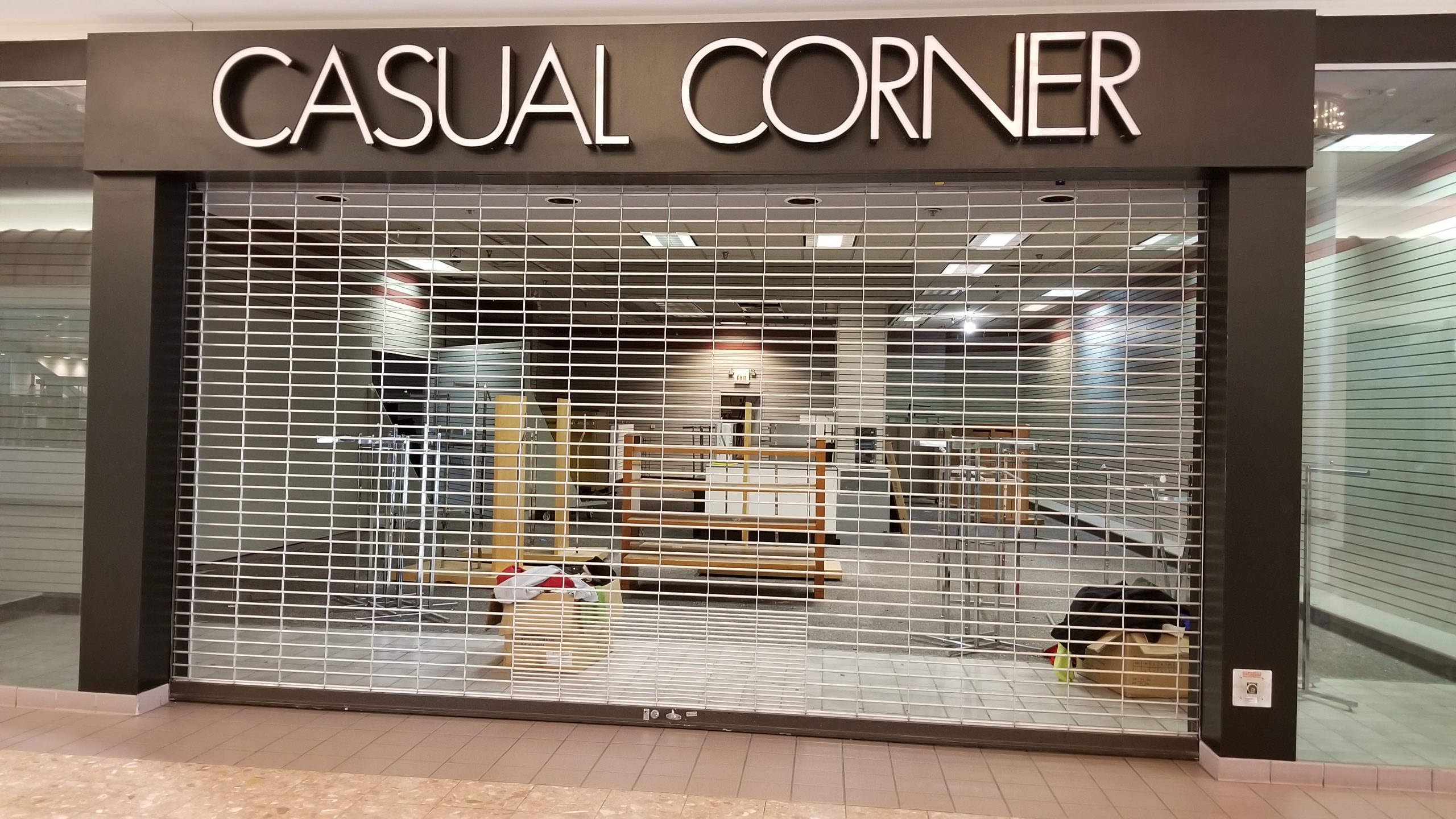
Many women probably remember shopping at Casual Corner before the chain went bust. The clothing retailer was founded in 1950 and had a good run until 2005, when it closed all of its stores. At that point, there were still more than 500 Casual Corner locations across 42 states and Puerto Rico, showing how massive this chain was at one point in the recent past. The closings included the brand’s sister stores, Casual Corner Annex and Petite Sophisticate.
Howard Johnson’s
If you don’t remember Howard Johnson’s restaurants, just ask your parents or grandparents and they will undoubtedly recall them. This chain of quick eateries once counted more than 1,000 locations in its portfolio and “felt as ubiquitous as McDonald’s or Starbucks are today,” according to The Economist. As of 2017, only a single Howard Johnson’s was still in operation and it had been put up for sale.
Don Pablo’s
The Mexican restaurant chain Don Pablo’s was once pretty easy to find across the United States, but now you won’t find one still in existence. After years of hardship— blamed mostly on fast-casual eateries like Chipotle — there were fewer than 20 Don Pablo’s locations left in 2016, when the chain’s ownership group filed for bankruptcy. Fast forward to 2019 and the final Don Pablo’s restaurant closed its doors without warning to its employees.
Steve & Barry’s
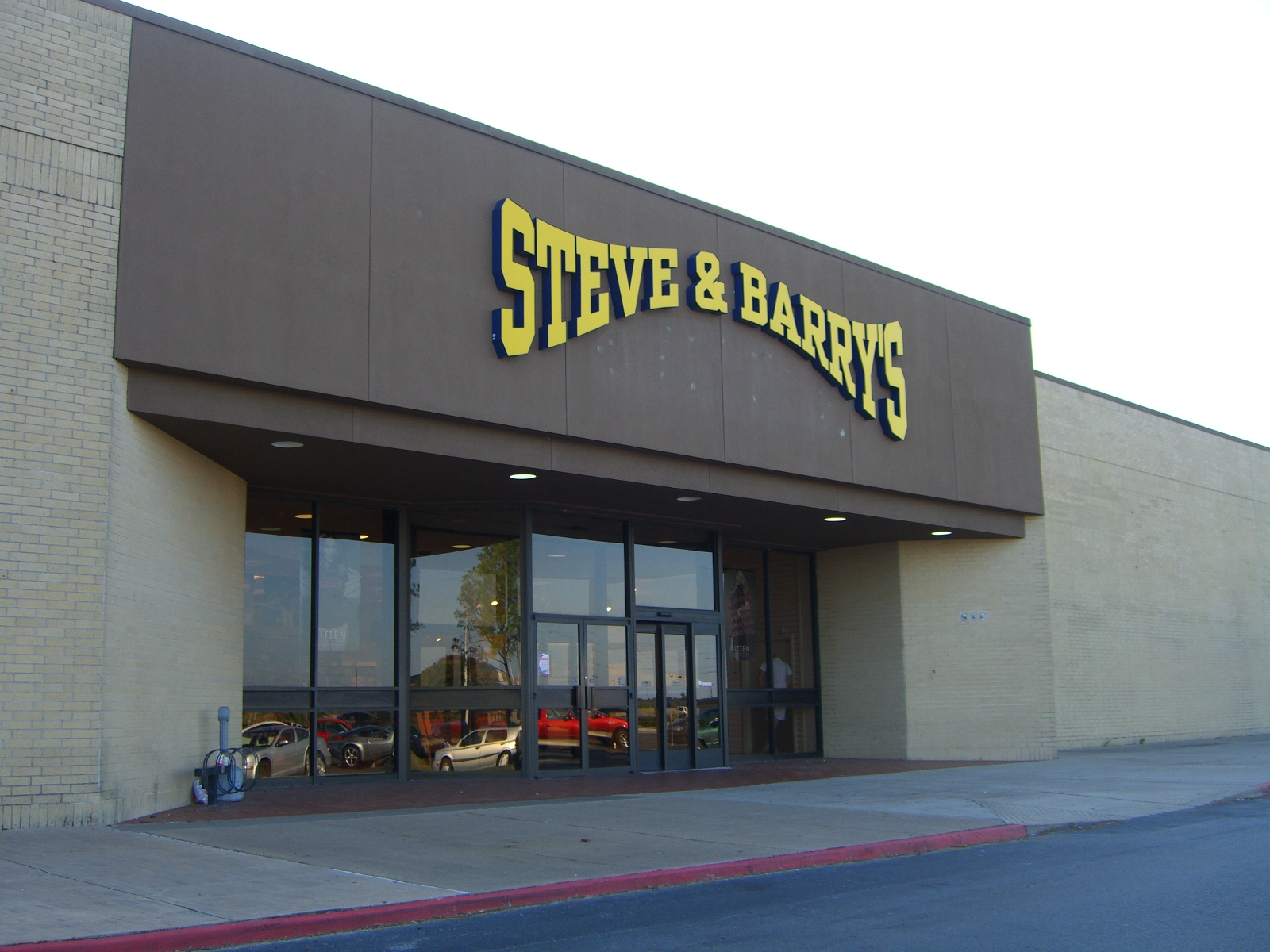
A clothing store that hit its peak as the Great Recession was starting. What could have gone wrong? Steve & Barry’s had 276 stores open nationwide in early 2008 but would announce the closure of all of them by the end of the year. The chain sold clothing at very low prices, and its stores were large, meaning profit margins were apparently too thin to maintain.
Fashion Bug
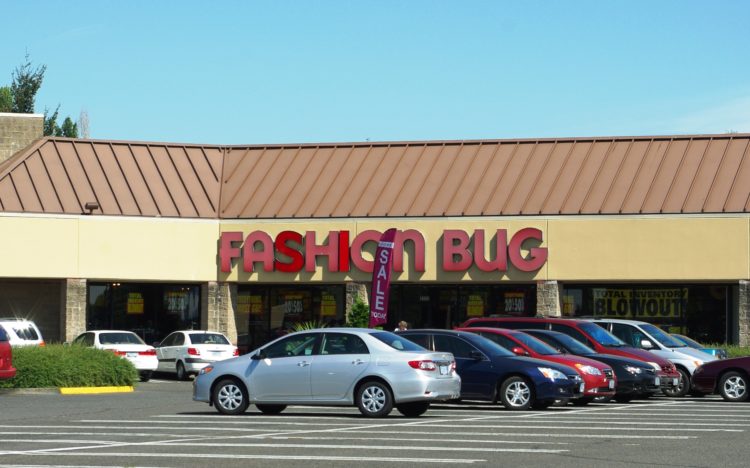
Another recent casualty in the retail industry is Fashion Bug. This chain was squashed in 2013, after a change in ownership to the same company that owned the now-defunct Dressbarn. Fashion Bug was a budget clothing store aimed at young women, who apparently opted to spend their money at similar stores, like Forever 21 and H&M. At its peak, Fashion Bug had more than 1,200 locations in operation.
Family Christian Stores
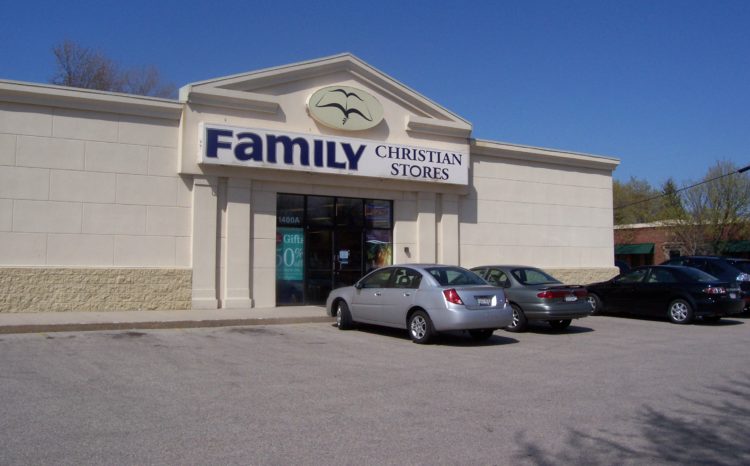
Like many other retailers on this list, Family Christian Stores didn’t have a prayer after bankruptcy. In 2015, the chain of Christian-themed retailers filed for bankruptcy but would only last a couple more years before going under for good. That happened in 2017, when the chain announced that it would close all 240 of its stores across 36 states, leaving more than 3,000 people out of a job. Family Christian Stores had been in operation since the 1930s.
Sam Goody
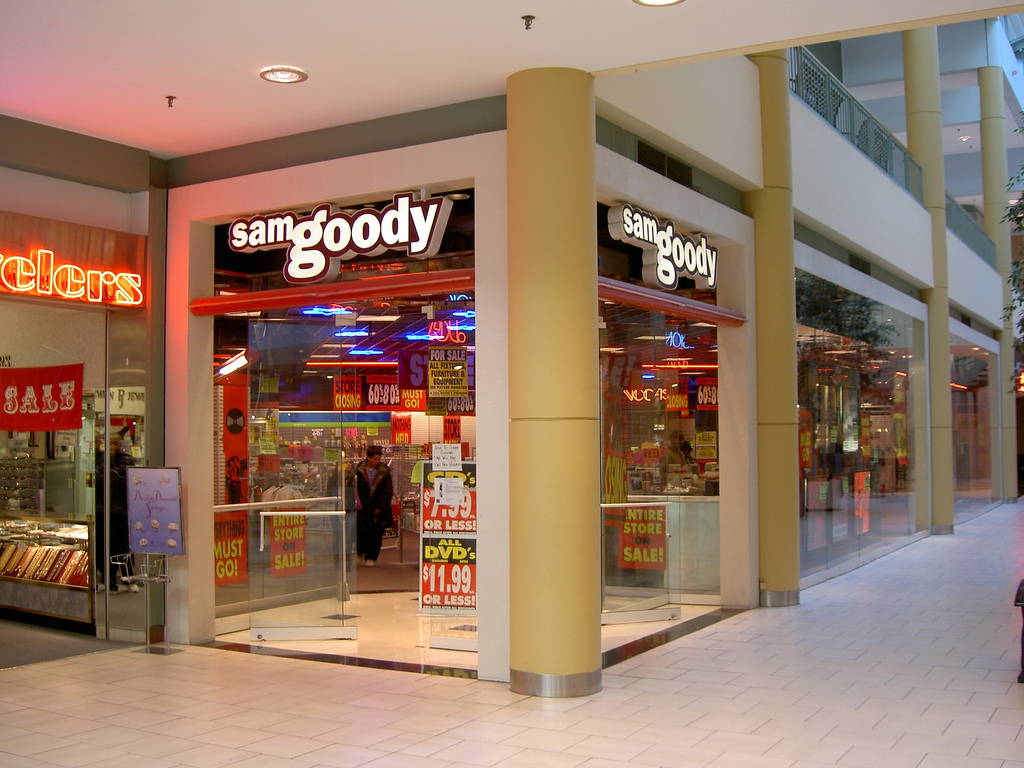
In case you hadn’t noticed, physical media stores have had a tough time in the past couple of decades. When it came to buying music in the ’80s, ’90s and early 2000s, Sam Goody was one of the most popular places to go. The chain had locations nationwide at one point but, by September 2012, the final store reportedly closed in San Diego. In 2006, nearly all Sam Goody stores were turned into F.Y.E. stores by its parent company.
Suncoast Motion Picture Company
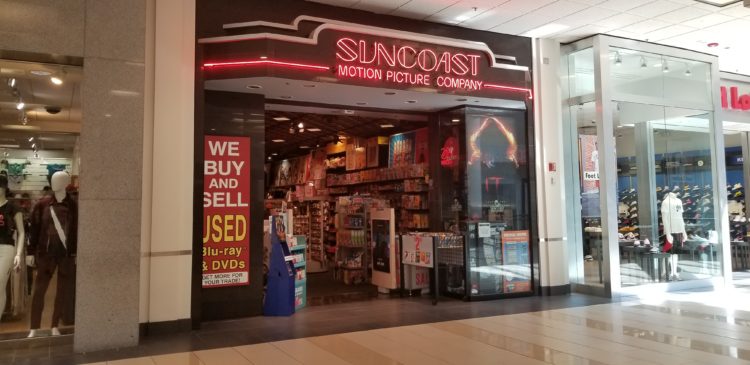
Like their memories of Blockbuster, many movie buffs will undoubtedly have fond memories of taking their time looking for hard-to-find films at their local mall’s Suncoast store. This retailer is one of the few on this list to still exist in a limited capacity. Where there were hundreds of Suncoast locations across the country at its peak, there are only seven in existence as of 2020. Still, this haven for movie-lovers has all but vanished in recent years.
Sponsored Content

